We use cookies and other proprietary and third-party technologies to make our website work correctly and securely. We also use them to analyse user browsing and be able to adapt advertising to your tastes and preferences. Cookies Policy.
More than half of human beings live in cities. It’s estimated that by the year 2050 that figure will be 68%. Cities will be –they already are– a fundamental piece in the relationship between human beings and the environment: the wellbeing of the planet and its people will depend on how cities are designed.
When we look at the cities of tomorrow, there’s one word that is heard most often: sustainability. The number of inhabitants is constantly growing, and if all of us are to prosper and have a future, the solutions must involve intelligent urban planning that shapes a more ecological concept and gives people not only a place to work and rest, but also some inspiring life conditions. And it seems that this is where governments are now focusing their efforts.
One of the global objectives that the United Nations set itself in 2015 to assure that the world would be less poor by 2030 –with more opportunities for everyone and more attention to climate change– was precisely this: the development of sustainable cities. But exactly what are we talking about when we talk about sustainable cities?
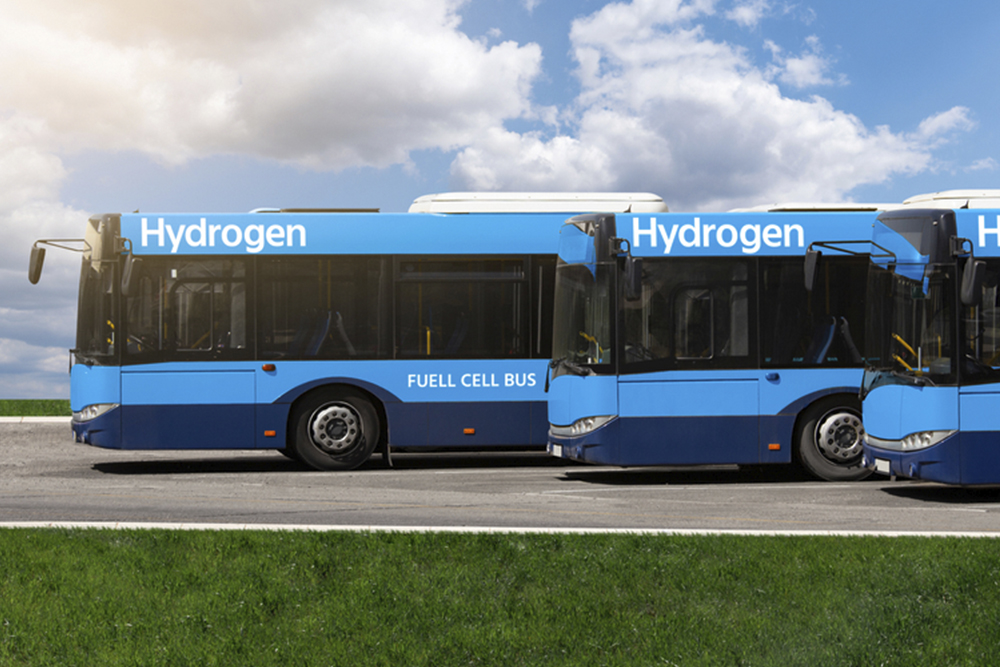
Attention to mobility
From the point of view of the social sciences, cities are composed of a network of infrastructures that range from the physical (roads, tunnels, buildings) to the social and biological (green areas, business zones, places for learning, sport and culture…) and that necessarily have to be linked to urban planning. We’re talking about green ecosystems: better use of energy, efficient management of water, and a reduction of the impact of global warming. A sustainable city should improve the quality of the air and invest in renewable energies, but it also has to promote inclusion: access to green spaces for all of its residents and an affordable transportation system.
In this equation, mobility is doubtless one of the greatest challenges that cities face: we’re looking for surroundings with a low impact of CO2 and that will facilitate rapid, safe and cheap transit for people while not penalizing the movement of merchandise. And all this in cities that, according to calculations, by 2030 will be home to 87% of the US population, 40% of India’s people, and 60% of the Chinese.
Cities will be sustainable if mobility is sustainable. And it is here where technological tools will set the agenda: urban mobility must be intelligent. Multi-connectivity, intuitive apps capable of handling a large amount of data, and a system of information integrated into public and private transport so that people can always know which is the best option for moving around –including bicycles, whose importance is unquestionable. Bytes that will move between travellers, from vehicle to vehicle, from vehicle to a central system, and from a vehicle to buildings. Likewise, it’s beyond any doubt that mobility will be electric: for transport to be sustainable, local governments and authorities have to promote zero-emissions vehicles. In Europe, for example, it’s calculated that by 2030 there will be a minimum of 1 million recharging points.

Sustainability and equality

– Some 53% of the world’s urban population lives more than 400 meters from an open public space.
– The percentage of the world’s population that lives in degraded, high-density areas is 24%.
A change of mentality
Converting cities into more inclusive and friendly places for all their residents also supposes a change in customs and ways of thinking. For example, sustainability is not compatible with today’s use of private vehicles. Sharing a vehicle will become more and more common, in the same way that there are more and more bicycle lanes and pedestrian areas. And that click in the way we think will lead to new concepts:
- Big data: the habits of people when moving around and the study of that data will make it possible to develop different routes, vehicles and transportation systems that are more and more efficient.
- Self-driving vehicles: it is hoped that the automatization of vehicles will bring about improvements in energy efficiency, safety and harmony. Technology is already at work on systems to control the cruising speed of cars that will allow them to move in compact convoys where each vehicle always maintains the same distance of separation for the others, and thus avoid traffic jams, high levels of air contamination, and excessive energy use.
- Integrated transport system: an interconnected central system will process mobility data second by second. This will make it possible to know the best time to move around, the best route, and the estimated travel time based on the conditions of the land, the traffic flow and the user’s preferences.
- Ride-hailing: a service with shuttles distributed throughout the city that works like a taxi, but with the option of picking up passengers or letting them out during the trip.
- Micromobility: it provides individuals and delivery services with an alternative for trips of less than a kilometer. Intelligent and more efficient mobility thanks to bicycles and electric scooters.
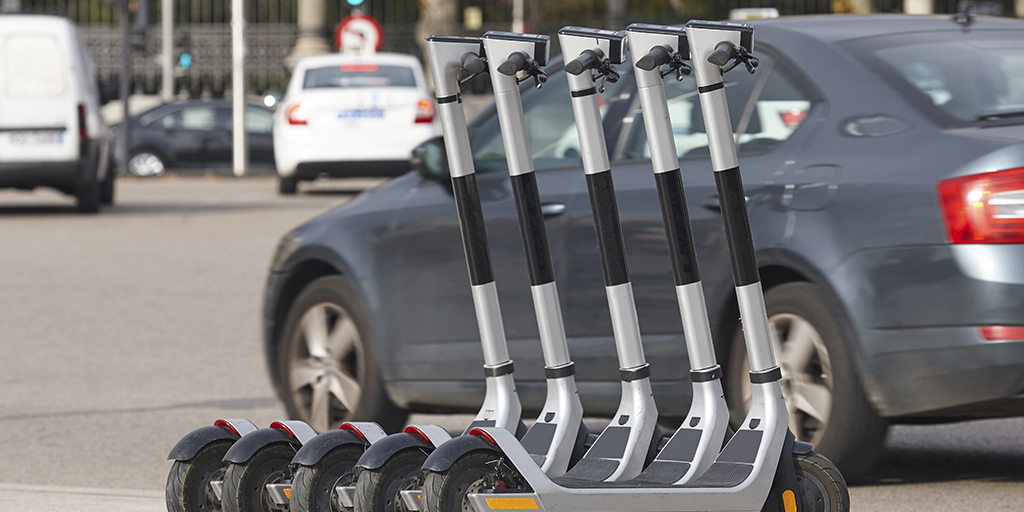
Three examples of urban adaptation to the new challenges:
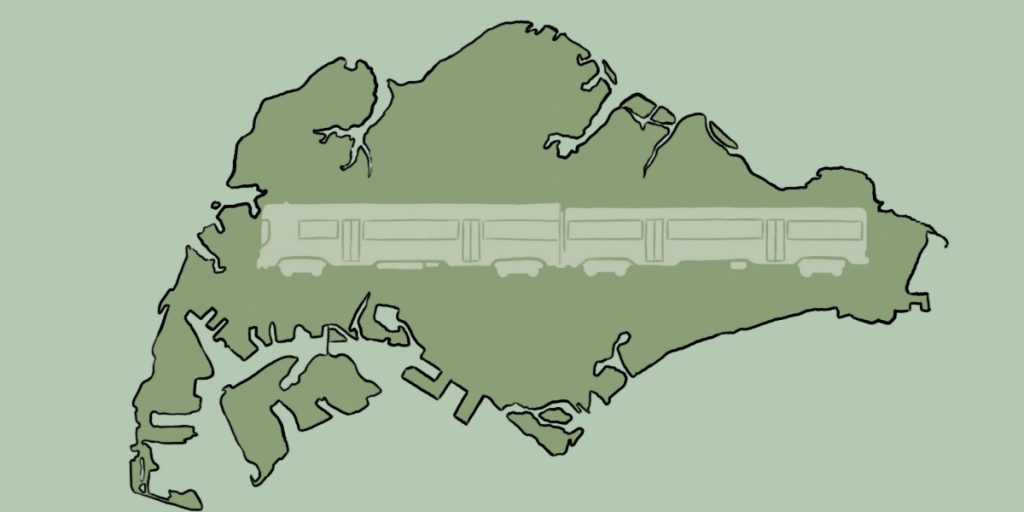
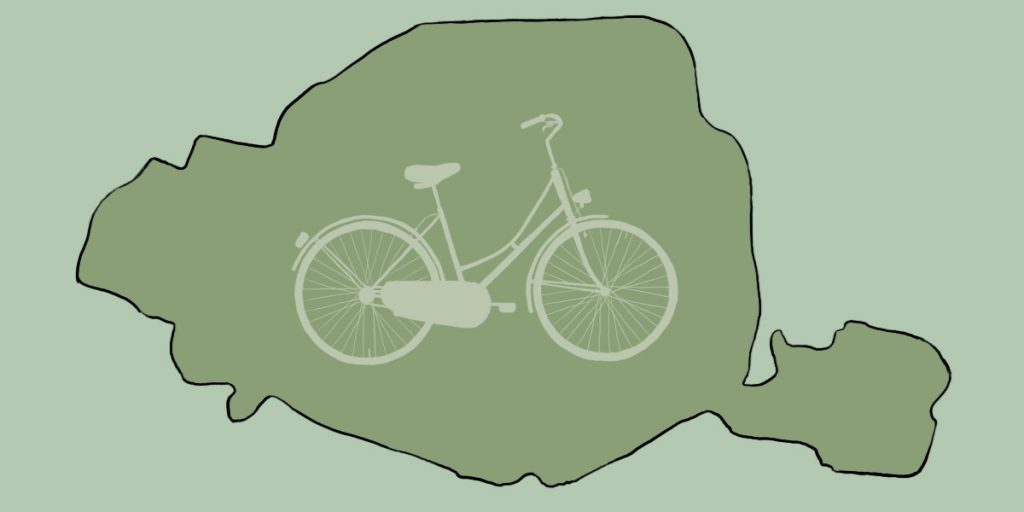

SINGAPORE
In its fight to diminish traffic and contamination, Singapore limits the number of residents who can own an automobile. A permit grants the right of using a vehicle for 10 years. As a result, only 11% of the population owns a car –as against 80% in the United States– and public transport is what supplies mobility. The aim for 2030 is that 80% of homes be within 10 minutes or less of the nearest train station.
PARÍS
In addition to its famous Metro system, Paris has become a model for other cities thanks to its urban bicycle program, Vélib: today it offers more than 14,000 bikes at 1,200 points. Launched in 2007, it was soon adapted by other cities like London, Barcelona, Montreal, Boston, Guangzhou, Beijing and Hangzhou, which has the largest service on the planet, 50,000 bikes.
SAN FRANCISCO
This city in California has a fleet of hybrid and electric buses that create a mere 0,03% of the total emissions generated by traffic. In its aim to give more importance to its residents, the city has just turned one of its principal arteries, Market Street, into a pedestrian area, in addition to a place for cyclists. Its many green areas make San Francisco the leader in the world’s most sustainable cities: according to the Trust of Public Land, city dwellers live within a 10-minute walk of the closest park.
Challenges for the cities of tomorrow include a robust and reliable public transport system –that should also be green. But plans go far beyond transport: the focus is on the type of constructions (buildings erected with sustainable materials) and, naturally, the incorporation of green areas. “Streets should be zones in which to walk, socialize, rest… Everyone should have access to a safe place in which to live, and cities should not grow at a pace that endangers their natural surroundings,” writes environmental studies professor Dashel Murawski. “Sustainability,” this American adds, “is more than a simple definition, it’s a way of life.” That attitude is pervasive in all facets of life, from our care for the environment to the infrastructures we develop to work and to our personal relations.
Some keys to developing sustainable cities
- Easy mobility without the need for a car.
- Sufficient electric re-charging points. 3. Access to public open spaces and green areas.
- Improvements in waste management and conservation of water.
- Mejora de la gestión de los residuos y de la conservación del agua.
- Support for urban farms.
- Implementation of green architecture.
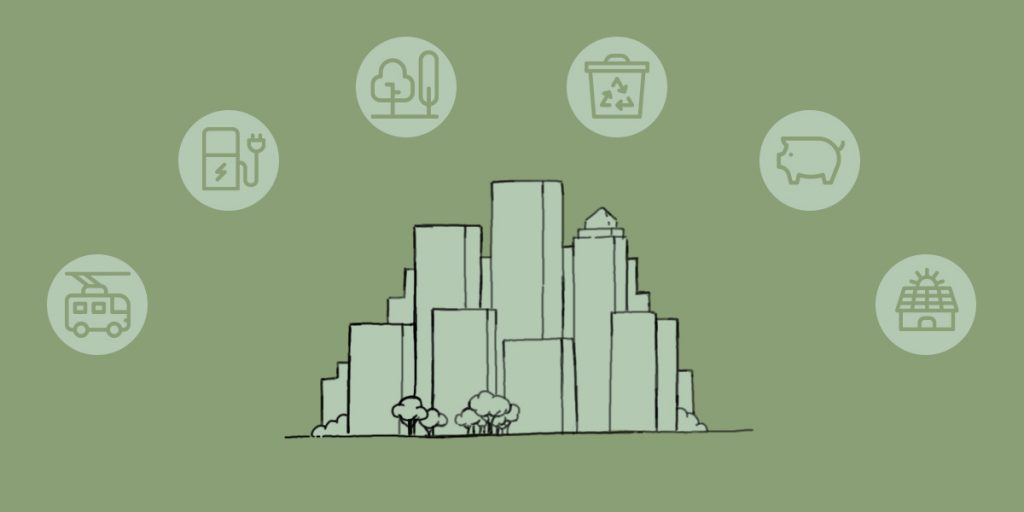
Notice: Trying to access array offset on value of type null in /DATA/sites/ontheroadtrends.com.preproduccion.com/webspace/wp-content/themes/ontheroad2023/templates/newsletter.php on line 3
Notice: Trying to access array offset on value of type null in /DATA/sites/ontheroadtrends.com.preproduccion.com/webspace/wp-content/themes/ontheroad2023/templates/newsletter.php on line 4
Notice: Trying to access array offset on value of type null in /DATA/sites/ontheroadtrends.com.preproduccion.com/webspace/wp-content/themes/ontheroad2023/templates/newsletter.php on line 5